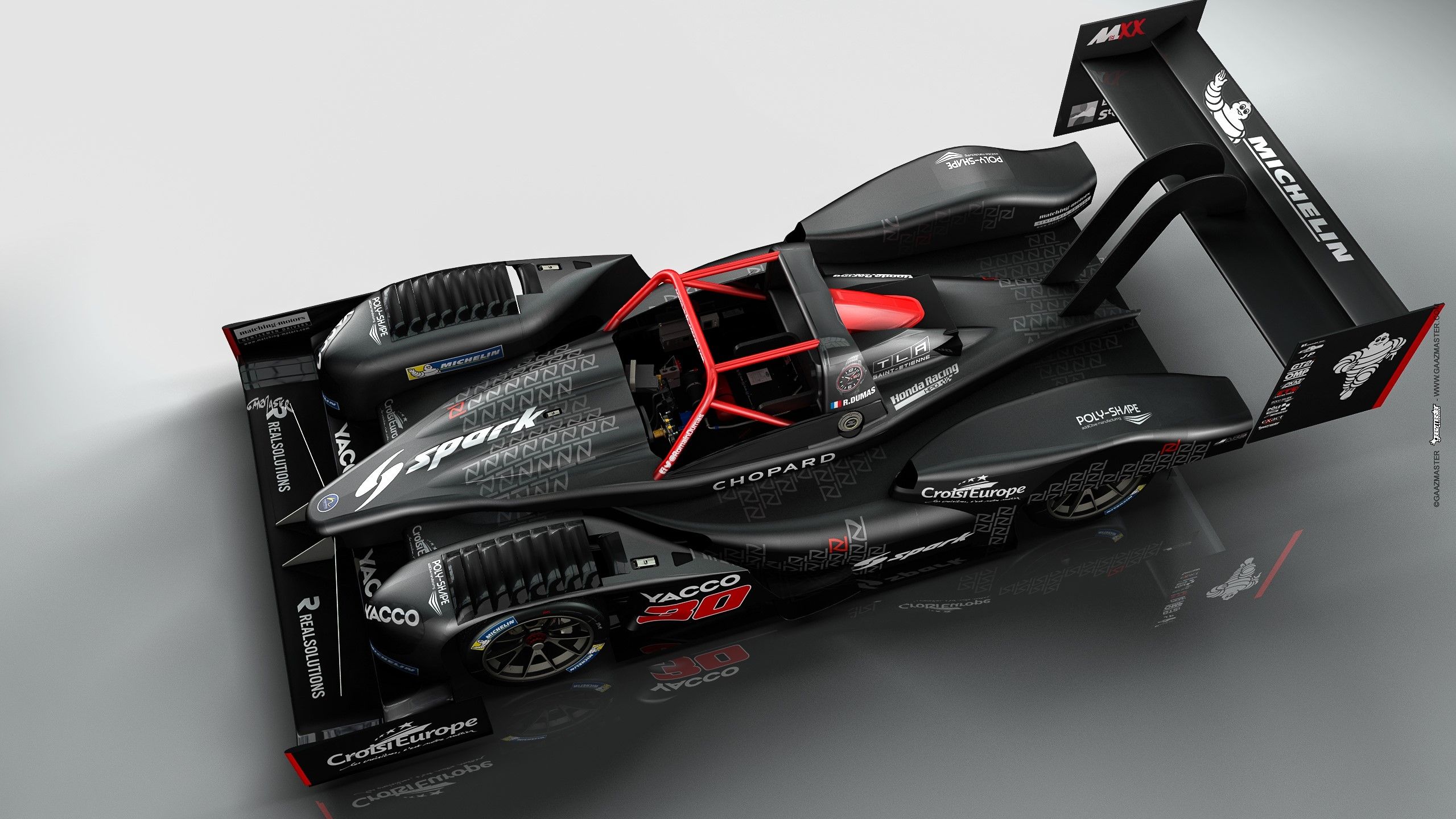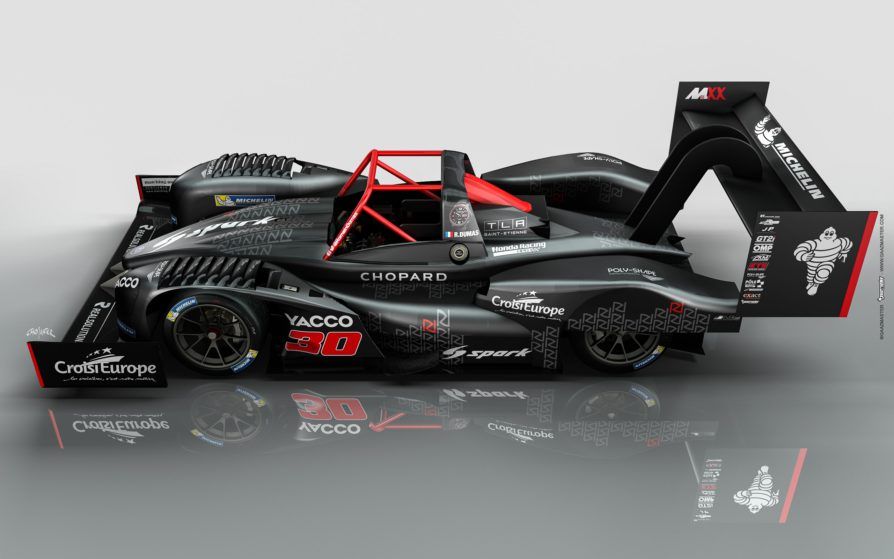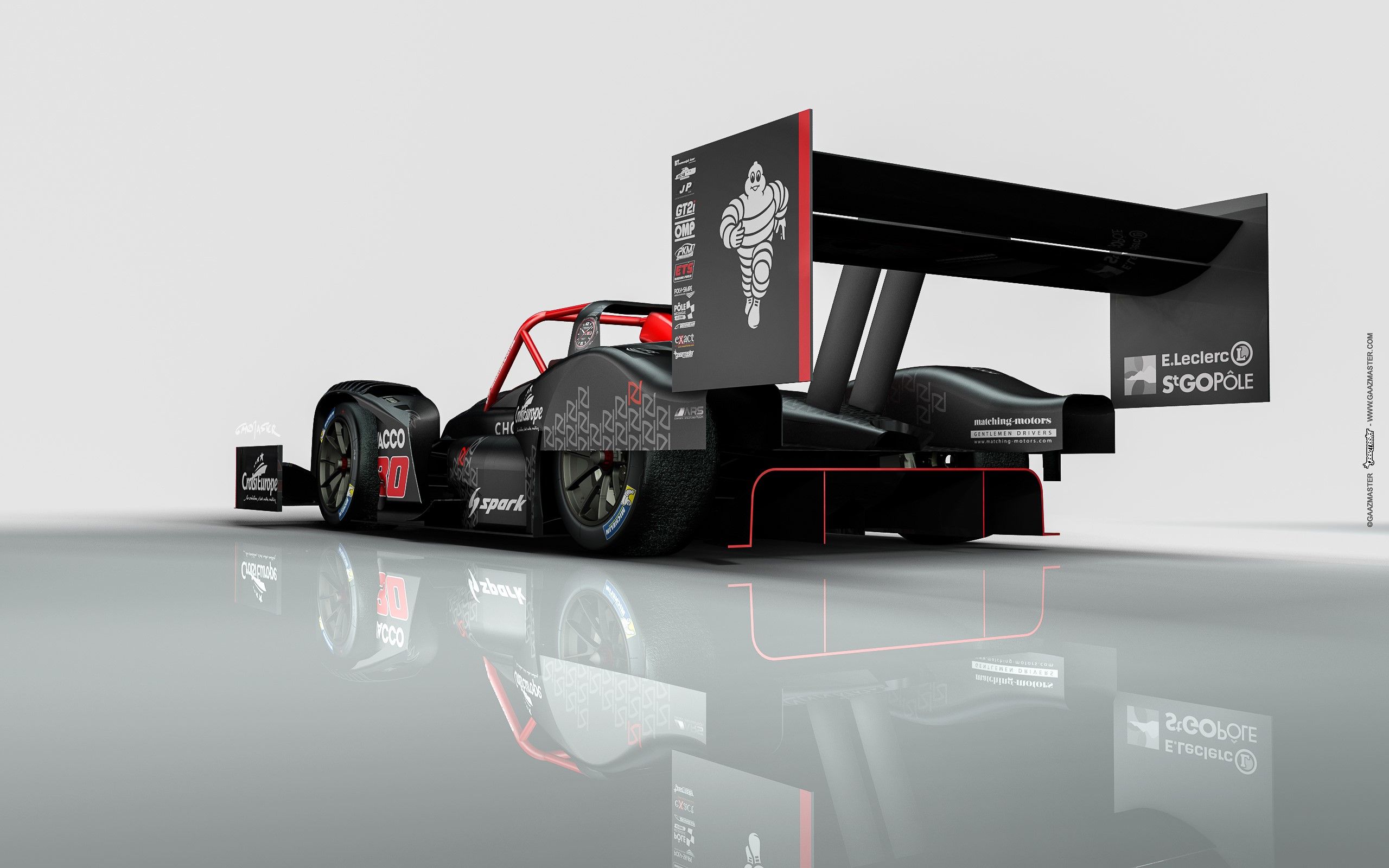The Norma M20 was first introduced in 2003 as a Group CN prototype for the Prototype Endurance Challenge, the Speed EuroSeries, and the European Le Mans series. The car was also used in the FIA European Hill Climb Championship, and in 2014 in was raced at Pikes Peak for the very first time. The M20 won its maiden race with Romain Dumas behind the wheel and scored its second win two years later, in 2016, when it also ran the second-best lap. In 2017, Norma and Dumas returned at Pikes Peak with the MXX RD Limited update, scoring their third overall win in the Unlimited class.
Although it didn't manage to best his record from 2016, Romain Dumas was a tenth-second faster than in 2014, thus posting the third-best overall time in the "Race to the Clouds." While still more than 30 seconds off Sebastien Loeb's incredible record from 2013, Dumas' effort is truly impressive given that Norma is a very small company that doesn't benefit from the same financial support as the Peugeot 208 T16. It remains to be seen whether a new update will make the Norma faster in 2018, but until then, let's have a closer look at one of the most extreme race cars ever built.
Continue reading to learn more about the Norma MXX RD Limited.
2017 Norma MXX RD Limited
- Make: Array
- Model: 2017 Norma MXX RD Limited
- [do not use] Vehicle Model: Array
Exterior
If I were to pick two words to describe this race car, they would be "unique" and "extreme." Just look at it, it's as if Dumas combined designs of prototype Le Mans cars and Formula One and Indy Car single-seaters into a menacing vehicle ready to destroy everything in its path. And just at those wings and exposed rollcage, how can you not call it extreme?
The front wing is undeniably massive, larger than the rear wings of most professional race cars. It's 7.5 feet wide and has large overhangs, and on top of looking like it will sweep anything standing in front of it, it actually helps the car achieve more downforce and stability during cornering. The nose is very much like a Formula One car, while the big front fenders are similar to LMP1 prototypes. Sure, it lacks the headlamps and other details, but it does have the large gills atop the wheels.
Moving toward the rear, we can see large side pods that remind of Indy Car racers, but the rear fenders are unique. Sporting a flowing design that descends toward the rear end, they also cover the upper half of the rear wheels, a feature you don't see very often in motorsport nowadays. The rear end consists of only the huge wing and the simple, yet large and effective diffuser. The extreme looks are rounded off by the exposed rollcage that defines the cabin space and the V-shaped engine hood. Although likely unintentional, the latter also acts as a tasteful design feature.
All told, the MXX RD is arguably one of the most aggressive motorsport designs I've seen in a while. It's also a statement of how permissive Pikes Peak's Unlimited class is in terms of design and aerodynamics. If only we could see a car like this compete at Le Mans...
Interior
There's no information as to what's inside the cabin and there are no clear photos of the interior, but it's safe to assume that the MXX RD has a no-nonsense cockpit. The driver's space seems pretty cramped too, which means that there aren't many features to talk about anyway. As it is the case with extreme race cars, gear is limited to a set of pedals, a steering wheel packed with buttons and switches, and a small display for vital performance-related information. I can also see a heavily bolstered seat with additional protection for the head. Speaking of which, you just can't look at it and not notice the big, red-painted rollcage. Pikes Peak is a dangerous course and the smallest mistake can send you rolling down the hill. This rollcage is there to provide protection when such an unfortunate scenario occurs.
Drivetrain
The MXX RD rides on the same FIA-homologated, carbon-fiber monocoque as last year's car. Tipping the scales at only 1,697 pounds, it gets its juice from a turbocharged, 2.0-liter four-cylinder engine from Honda HPD. Although this unit is also identical to the one used last year, it is now equipped with a new turbocharger and intercooler. Output is estimated at "around 600 horsepower," which is massive compared to the car's curb weight.
The oomph reaches all four wheels through six-speed, sequential gearbox provided by Sadev, a longitudinal transaxle, and an all-wheel-drive system that has been optimized for 2017. The suspension brings together a double wishbone, pushrod system with Ohlins shocks, and anti-roll bars front and rear. The steering is a rack-and-pinion type. The brakes have been revised for 2017, now featuring 14-inch ventilated discs and six-piston calipers. The 18-inch magnesium BBS wheels are wrapped in bespoke Michelin tires.
Performance
The revised Norma MXX RD Limited won the 2017 Pikes Peak International Hill Climb with a 9:05.672-minute course time. While slower than last year's 8:51-minute benchmark, it was more than a tenth-second quicker than the car's winning time from 2014. Overall, Romain Dumas has won the event three times in the last four years while driving a Norma. It's only the fourth car to reach this performance, alongside the Audi Sport Quattro E2, the Toyota Celica, and Suzuki SX4.
Conclusion
The Norma MXX RD Limited is arguably one of the most extreme designs that ran at Pikes Peak in recent years and it's a bit disappointing that it didn't score a sub-nine-minute lap in 2017. But there's always room for improvement and if Romain Dumas keeps improving the car, we might see him break Sebastien Loeb's seemingly unbeatable record from 2013.








